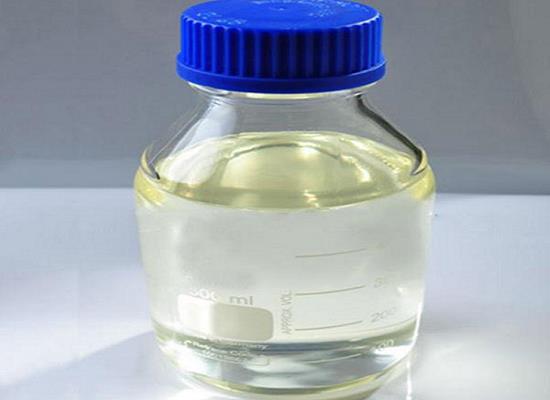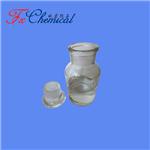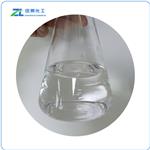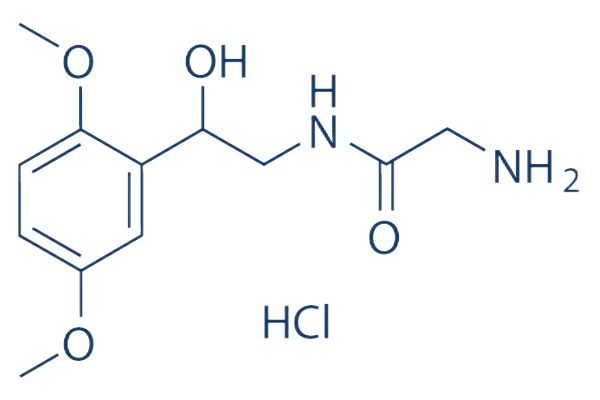Ethyl levulinate: properties, applications and safety
General Description
Ethyl levulinate exhibits excellent solubility, thermal stability, and low toxicity, making it valuable for a wide range of industrial applications. As a renewable resource, it serves as a precursor for chemicals and fuels, including biodiesel, contributing to sustainable practices. Its versatility is evident in applications as a solvent, food additive, and flavoring agent, offering environmentally friendly alternatives in various industries. Moreover, it demonstrates a favorable safety profile, with assessments indicating non-genotoxic properties. Overall, ethyl levulinate's properties and safety make it a promising and eco-friendly option for diverse industrial uses.

Figure 1. Ethyl levulinate
Properties
Ethyl levulinate is a highly versatile compound with a range of properties that make it valuable in various industrial applications. This ester is typically derived from biomass resources and has garnered significant interest due to its environmentally friendly nature. First and foremost, ethyl levulinate exhibits excellent solubility in a wide range of organic solvents, making it a valuable component in the formulation of coatings, adhesives, and other chemical products. Additionally, it possesses a high boiling point and low vapor pressure, making it suitable for use in high-temperature applications. Furthermore, ethyl levulinate demonstrates favorable chemical stability, which contributes to its long shelf life and resistance to decomposition under normal storage conditions. Moreover, this compound serves as a precursor for the production of various chemicals and fuels, including biodiesel, making it an important renewable resource for the synthesis of value-added products. In summary, ethyl levulinate's properties of solubility, thermal stability, low toxicity, and versatility as a precursor make it a promising candidate for a wide array of industrial applications, particularly in the pursuit of sustainable and eco-friendly alternatives. 1
Applications
Ethyl levulinate, a compound derived from biomass, has found versatile applications in solvents, food additives, and flavouring agents. As a solvent, ethyl levulinate exhibits low toxicity, high biodegradability, and excellent solvency for a wide range of substances, making it an environmentally friendly alternative to traditional solvents. Its applications in solvents include coatings, paints, and cleaning products. In the food industry, ethyl levulinate serves as a natural flavor enhancer and food additive due to its fruity aroma and taste. It is commonly used in the formulation of beverages, confectionery, and bakery products to impart a pleasant fruity note and enhance overall flavor profiles. Its natural origin and safety profile make it an attractive option for clean-label food products. Furthermore, ethyl levulinate is utilized as a flavouring agent, contributing to the development of various food and beverage products. Its unique fruity and sweet aroma makes it a valuable addition to a wide array of flavor formulations, including fruit-based and dessert-flavored products. Overall, ethyl levulinate's diverse applications in solvents, food additives, and flavouring agents highlight its potential as a sustainable and multifunctional compound in various industries. 2,3,4
Safety
Ethyl levulinate demonstrates a favorable safety profile with regards to genotoxicity. The assessment of ethyl levulinate through the BlueScreen assay revealed negative results for both cytotoxicity and genotoxicity, with and without metabolic activation. Additionally, read-across from methyl acetoacetate, a chemically related compound, further supports the absence of mutagenic and clastogenic effects in ethyl levulinate. Methyl acetoacetate, which is structurally similar to ethyl levulinate, was evaluated in bacterial reverse mutation and in vitro micronucleus tests, both of which demonstrated non-mutagenic and non-clastogenic properties. Furthermore, no studies assessing the mutagenic or clastogenic activity of ethyl levulinate itself were found. However, the consistent findings from analogous compounds support the conclusion that ethyl levulinate does not pose a concern for genotoxic potential. In summary, based on the comprehensive assessment of available data and the supportive evidence from related compounds, ethyl levulinate is considered to be non-genotoxic, thus affirming its safety for use in various industrial applications. 5
Reference
1. PubChem. COMPOUND SUMMARY: Ethyl levulinate. National Library of Medicine, PubChem CID: 10883.
2. Ethyl levulinate. EPA Safer Choice.
3. Ethyl 4-oxovalerate. EU Food Improvement Agents.
4. Ethyl levulinate. Joint FAO/WHO Expert Committee on Food Additives.
5. Api AM, Belsito D, Botelho D, Bruze M, Burton GA Jr, Buschmann J, Dagli ML, Date M, Dekant W, Deodhar C, Francis M, Fryer AD, Jones L, Joshi K, La Cava S, Lapczynski A, Liebler DC, O'Brien D, Patel A, Penning TM, Ritacco G, Romine J, Sadekar N, Salvito D, Schultz TW, Sipes IG, Sullivan G, Thakkar Y, Tokura Y, Tsang S. RIFM fragrance ingredient safety assessment, ethyl levulinate, CAS Registry Number 539-88-8. Food Chem Toxicol. 2019 May 15;127 Suppl 1:S48-S54.
Related articles And Qustion
See also
Lastest Price from Ethyl levulinate manufacturers

US $0.00-0.00/kg2025-04-21
- CAS:
- 539-88-8
- Min. Order:
- 25kg
- Purity:
- 99%
- Supply Ability:
- 10000kg

US $55.00/kg2025-04-21
- CAS:
- 539-88-8
- Min. Order:
- 1kg
- Purity:
- 99%
- Supply Ability:
- 20 tons


